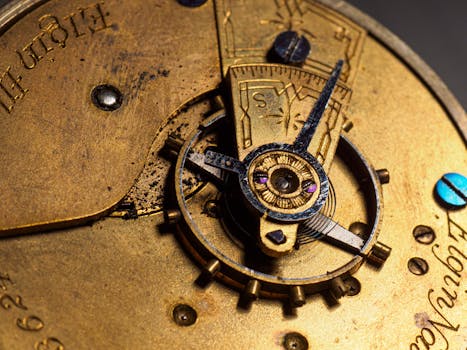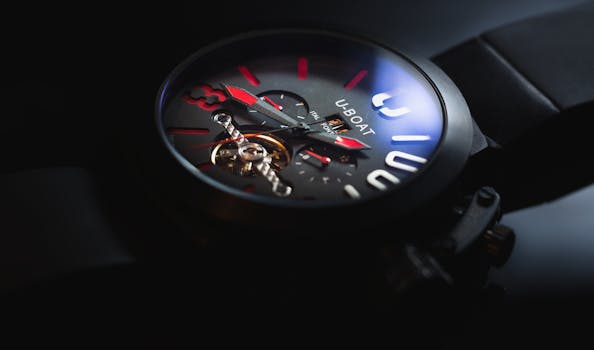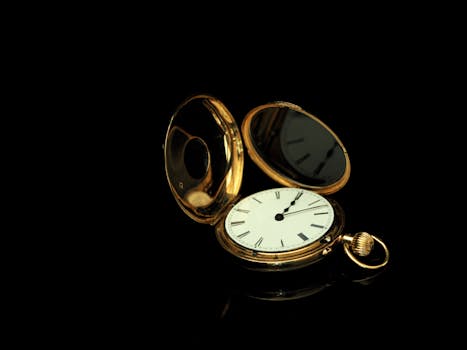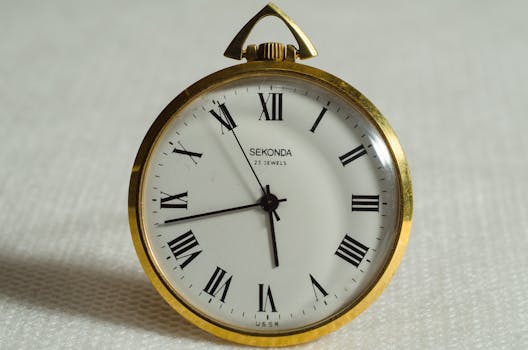
The Evolution of Watchmaking: Techniques and Innovations Through Time
Takeaways: This article delves into the rich history of watchmaking, exploring the key techniques and innovations that have revolutionized timekeeping. From early sundials to modern smartwatches, discover how craftsmanship and technology have evolved to meet the needs of society.
Watchmaking is an intricate art that has evolved significantly over centuries, reflecting not only advancements in technology but also the changing needs and aesthetics of society. In this article, we will explore the history of watchmaking techniques and innovations, from ancient timekeeping methods to the modern digital era.
Early Timekeeping Methods

As civilizations progressed, mechanical clocks began to surface in the Middle Ages. The first mechanical clocks appeared in Europe in the 13th century and relied on gears and weights to keep time. However, these early clocks were large and primarily used in churches and public squares, accessible only to the elite.
The Birth of Watchmaking

By the 16th century, watchmaking had started to flourish in Switzerland, which became a hub for craftsmanship and innovation. The introduction of the escapement mechanism in the early 17th century greatly improved accuracy, allowing watches to keep time more reliably. This period also saw the rise of decorative artistry in watchmaking, with intricate designs and engravings becoming popular among the wealthy.
Technological Innovations in the 18th and 19th Centuries

In addition to mass production, technological innovations such as the introduction of the chronometer in the 18th century improved accuracy even further. The chronometer was a highly precise timekeeping device that was crucial for navigation at sea, and it played a significant role in maritime exploration.
During this time, the Swiss watch industry emerged as a leader in quality and craftsmanship. Companies like Patek Philippe and Audemars Piguet began to establish themselves, producing luxury timepieces that combined artistry with precision engineering.
The Quartz Revolution

The quartz revolution posed a significant threat to traditional mechanical watchmakers, many of whom struggled to compete. However, some brands adapted by incorporating quartz technology into their designs while maintaining their commitment to craftsmanship and luxury. Swiss brands like Rolex and Omega began producing quartz models alongside their mechanical offerings.
The Modern Era: Smartwatches and Beyond

Despite the rise of smartwatches, traditional mechanical watches continue to hold a special place in the hearts of collectors and enthusiasts. The craftsmanship and artistry of mechanical watchmaking are celebrated, with brands focusing on limited editions and bespoke creations to maintain their allure.
Conclusion








